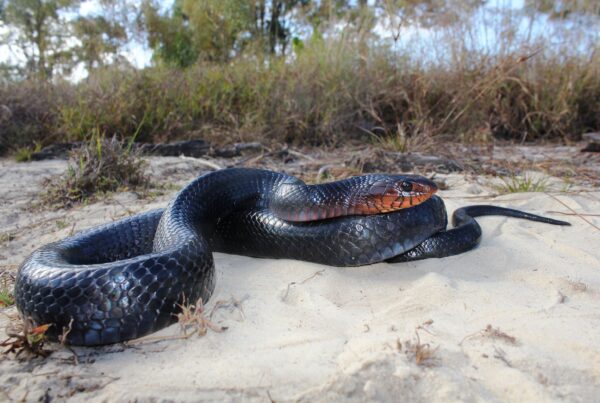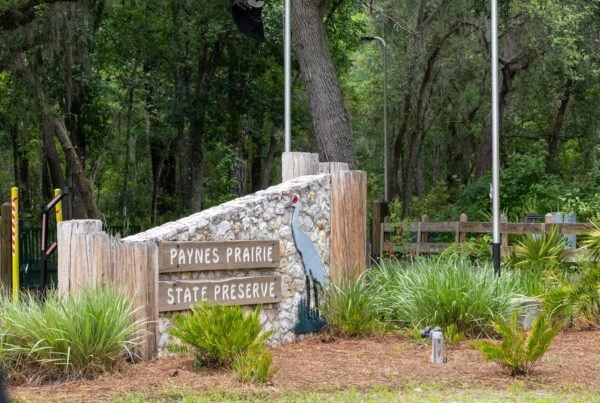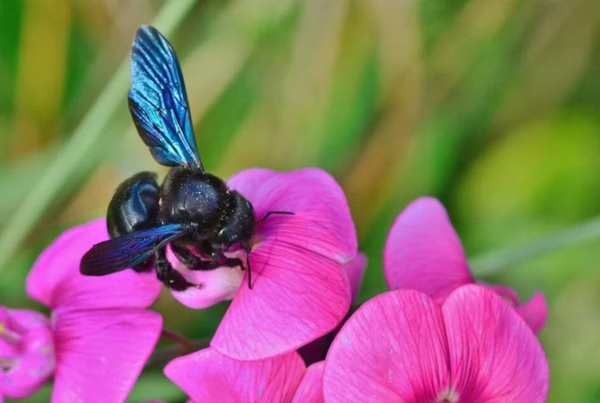By Meredith Barnard, Marisa Carrozzo, and Brad Cornell
Lee County residents understand the value of Conservation 20/20, the county’s conservation land program. This was evident in the 2016 election when nearly 84% of residents voted in support of continuing the program. By preserving environmentally sensitive lands, this program works to protect our drinking water supplies and water quality, reduce flood risk, protect native wildlife and their habitat, and provide access for people to enjoy nature-based recreation.
Since the program’s inception in 1996, Lee County has protected nearly 30,000 acres of land, including the most recent purchase of Edison Farms in December 2017. Clearly, this program has been wildly successful and is meeting habitat conservation and water resource goals for Lee County. This begs the question, why is Lee County proposing changes to this program? The proposed changes seek to alter the property ranking criteria, create a new nomination and application process, and also propose a mechanism to replenish the acquisition fund- all of which will be voted on by the Board of County Commissioners at the upcoming August 21st meeting.
The current property ranking criteria has resulted, and continues to result, in an evaluation process that balances and considers water resources benefits (like water quality), restoration potential, wildlife habitat, and recreational opportunities. Two of the most recent properties evaluated by the program embody the suite of ecological and water resource benefits provided by the current program. Edison Farms: nearly 4,000 acres of wetlands that provide natural storage and filtration of water, endangered species habitat, and the headwaters to three of the tributaries of Estero Bay, the state’s first aquatic preserve. Harmony Ranch: up to 625 acres in Lehigh Acres, which has the potential to provide significant water storage and reduce nutrient pollution loading to the Caloosahatchee River, thereby helping diminish the pollution that causes toxic algae blooms. Properties like these are exactly what the proposed changes are intended to target, but it is clear that the current ranking system is already enabling these types of acquisitions. Why fix a ranking system that isn’t broken?
The proposed changes are also creating a new process for the public to nominate and apply to the 20/20 program and only leaves the window open two months of the year for property applications. The narrow submission period will certainly dis-incentivize landowners from nominating their properties and will result in missed opportunities for the County. The current backlog of property nominations need to be addressed ASAP, yet the program itself is not the cause of the backlog. Rather, it’s been a combination of factors that can be addressed by the County simply moving the properties through the evaluation process. Conservation 20/20 has been effectively achieving all of its goals under the current nomination and application system. Again, it seems the County is trying to fix a process that doesn’t need fixing.
Purchasing conservation land is an investment that renders both environmental and economic benefits. That’s why it’s also important to sufficiently replenish the acquisition fund on an annual basis. It is apparent the current Conservation 20/20 ranking criteria and nomination process considers both water resource protection while also conserving unique upland habitats. When this comes to a vote on August 21st, it is imperative that the fund replenishment be sufficient to sustain a healthy, viable Conservation 20/20 program, but regarding the other proposed changes, as the old adage states: ‘If it ain’t broke, don’t fix it.’
Meredith Barnard is the Southwest Florida field representative for the Florida Wildlife Federation, Marisa Carrozzo is a senior environmental policy specialist for the Conservancy of Southwest Florida and Brad Cornell is Southwest Florida policy associate for the Audubon of the Western Everglades/Audubon Florida.






